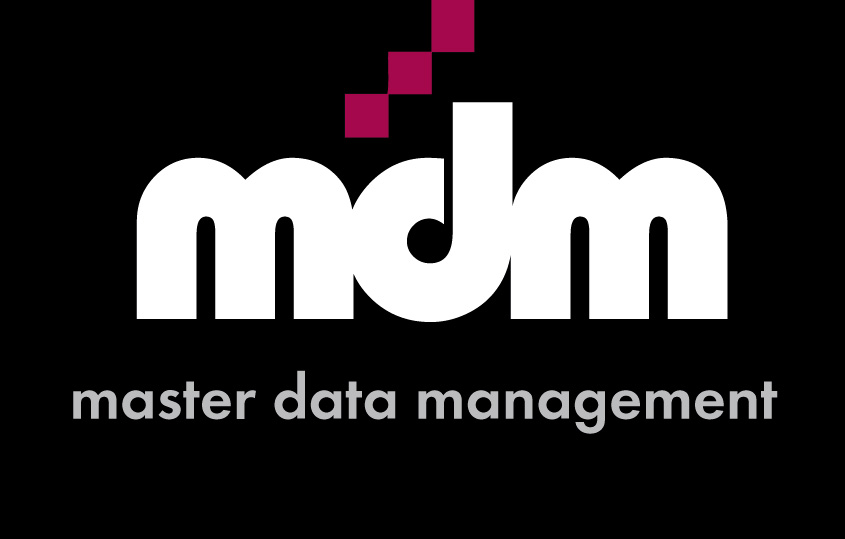
Data governance has been around for a few years, yet it is still a relatively immature discipline for many organisations.
If we accept that the goal of data governance should be to reduce project risk and waste by making optimal use of our information assets then it is a no-brainer to kick off an initiative in your environment.
But it is easy to get it wrong.
Here on our top Data Governance tips for success.
1. Get started.
A common mistake is to allow a lack of enterprise buy-in to stop you from moving forward.
Start small, show value, build your data governance business case and use that to get executive buy-in.
2. Start where the commitment is
A business-driven project will always get more attention, more focus and, ultimately a higher chance of success than something regarded as a techie project. Therefore, it makes perfect sense for data governance to be owned and run as a business project.
Yet, in the early stages in particular it seems to be data architects and similar IT roles that are tasked with implementing governance.
Just because you are in IT does not mean that you cannot be business centric
Tweet
Just remember that, ultimately, data stewardship does require business buy-in, that your program must be business-centric and that you need a leader that is prepared to network, lobby and communicate to drive the program.
If that person is in IT then use them.
Your program may move out of IT as the organisation matures.
3. Don’t get stuck in structure.
Start by focussing on what you need to achieve and then go and do it.
As your goals expand the required structures will start to become apparent. More importantly, the structures you put in place will be results-oriented and you are more likely to have the right people in the right roles.
Given that you will probably make some mistakes and learn some lessons whilst going through this process it makes sense not to have to undo a structure that doesn’t function as originally envisaged.
4. Expect change
Your process, your roles, your reporting channels, and even your metrics will change as your organisation matures and as you learn.
Our data governance framework is designed to be adaptable, whilst ensuring that you tick all the boxes for data governance success.
5. Spread the love
Data governance should start small and add value.
This typically means a focus on a single project and a small group of stakeholders.
As you grow the needs of these stakeholders may not address the needs of other players.
Value must be generated across all areas for success.
6. Have meaningful meetings
Make sure your meetings have a purpose and structure.
If your monthly Data Governance Forum is a bitch session where people get together to complain about their pet peeves, with no supporting measures and no decision making then no one useful is likely to attend.
7. Measure your compliance with policy.
Data governance decisions should be based on fact, not assumptions.
Tweet
If you aren’t measuring data quality then you cannot manage it.
8. Document and share your data assets (metadata).
Don’t be one of those organisations that sets up a massive governance structure, gets executive support, the massive budget allocated and, after 12 months of data governance forum meetings have absolutely nothing to show for your efforts.
Data governance should build up your data asset library – assets such as Data Policies, the Business Data Glossary, Data Quality rules (and by association improved data quality), reference data sets and hierarchies, etc. etc., should be documented, approved and shared with the organisation.
9. Get the right tools.
You can try to do this without tools – at the end of the day people still wash laundry between two rocks in the river – but, boy, a washing machine makes it so much quicker and easier!
A data governance centre allows fewer staff to do a better job.
A good data governance centre should be business-centric (after all you are involving business data stewards in your process right), should allow you to link from business goals down to technical documentation, should support collaboration so that your meetings can focus on decision making, not on debating terminology, and must expose your documentation to the organisation so that data policies are actually used.
If this conflicts with 1 above then start by getting started – budgets will come once you are showing value.
10. Get the balance right between internal staff and consultants.
Support from a consultant is useful to get internal buy-in and to base your data governance implementation roadmap on something that has worked before (they have done this before right?)
But the leadership and core of your team should be internal – they have a vested interest in success and have to maintain your program over time.
Enhance your team’s skills with data stewardship training so that they understand what they have to do
Contact us for a free consultation
Image sourced from http://www.flickr.com/photos/samchurchill/4182826573/

Leave a comment